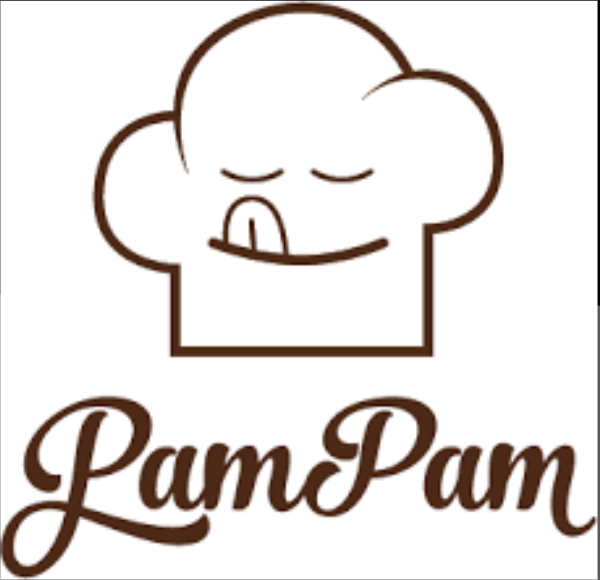Have you ever wondered what drives the American palette? If you're eyeing the US market to introduce your food and beverage product, understanding the unique behaviors and preferences of the American consumer is paramount. Dive in to gain insights into their purchasing habits, how regional variances impact shopping, and what makes them tick when they reach for their wallets.
Who Is The American Consumer?
The US consumer landscape is characterized by a dynamic blend of age groups and economic backgrounds:
- Age Groups:
🤔 Baby Boomers (1946-1964): Making up approximately 21.19% of the population, those aged 59-77 are shifting towards dietary needs that cater to health conditions and aging. They might not be as tech-savvy as younger generations but have shown a growing interest in online shopping, especially post-pandemic.
Gen X (1965-1980): Representing around 20.27% of the population, individuals aged 43-58 are often juggling family and work, leaning towards convenience foods but also showing a strong inclination towards health-conscious choices.
🤔 Millennials (1981-1996): Comprising about 22% of the US population, millennials, aged 27-42, are currently the most significant spending power in the country. They display a tendency to prioritize health and wellness, often seeking out organic and natural products in their grocery shopping.
🤔 Gen Z (1997-2012): Accounting for about 20.3% of the population, this age group (11-26 years old) is highly tech-savvy, valuing sustainable and ethical food sourcing while being open to exploring international and novel cuisines. - Ethnicity: The US remains a melting pot of various ethnicities, with a significant influence from immigrants, creating a demand for diverse cuisines and food products.
- Gender: The American population is split roughly 50/50 between men and women. Attitudes towards gender are rapidly changing in the US, which is having a powerful impact on how to market F&B products.
- Income:
💵 High Income ($100,000 and above): Around 28% of American households fall into this bracket. With a higher disposable income, these consumers often prioritize quality, organic, and specialty products in their food shopping.
💵 Middle Income ($45,000 - $99,999): Nearly 40% belong here. This segment is a mix, balancing between quality and affordability. They might occasionally splurge on premium products but are generally on the lookout for value-for-money options.
💵 Low Income (below $45,000): Approximately 32% of households earn below this threshold. Their food shopping behavior is largely influenced by discounts, sales, and bulk purchase options, prioritizing affordability over brand names or specialty choices.
Understanding these demographic intricacies is crucial for any brand aiming to penetrate the diverse US market.
How Are American Consumers Spread Out?
The majority of the US population, approximately 83%, resides in urban locales. Key population centers are clustered predominantly in the eastern half, including regions like the Northeast, Southeast, Great Lakes, and specific western states. Conversely, mountain terrains, deserts, and the far northern boreal forests see fewer inhabitants. Major cities, including New York City, Los Angeles, and Chicago, are among the most populated. Education plays a pivotal role, with over 91% of adults between 25 to 64 having finished secondary schooling and about half of this age group boasting tertiary qualifications. Predominant professions include administrative roles, commerce, healthcare, management, and construction-related jobs.

How Does The American Consumer Shop For Food?
The US stands as a beacon of modern consumerism, though recent challenges, like the financial and Coronavirus crises, have shifted purchasing habits to favor affordability. Amidst economic upheavals, US shoppers have become astute in seeking promotions and comparing prices. Renowned supermarket chains such as Walmart and Sam's Club command a significant market share, trailed by names like Kroger, Albertsons, and Costco. A typical American consumer doesn't shy away from traveling to sprawling shopping hubs.
However, the shopping journey for most Americans isn't linear. They traverse various channels, making the purchase experience intricate. To thrive, retailers adopt an omni-channel approach, integrating both digital and physical sales avenues. Notably, the pandemic sparked a surge in online shopping. As per Department of Commerce data, the second quarter of 2020 saw US consumers spending an impressive $200.72 billion online, a striking 44.4% growth from the prior year. Fast forward to 2022's first quarter, online retail sales touched $250 billion.
The Consumer Confidence Index, as presented by the Conference Board, noted a minor dip in April 2022 but showcased an overall uptick over the preceding six months.
Key Influencers on Consumer Behavior:
- Quality and Affordability: The US market is synonymous with top-tier products. While consumers are prepared to splurge on quality, pricing remains a pivotal factor, especially during economically turbulent times.
- Convenience and Time-efficiency: The modern US consumer cherishes convenience, propelling online shopping to the forefront. The allure of time-saving and ease, complemented by the rise of mobile shopping, makes digital platforms a preferred choice.
- Brand Allegiance: American consumers exhibit strong brand fidelity. This entrenched loyalty can pose challenges for newcomers, emphasizing the need for robust brand-building initiatives to earn consumer trust.
- Eco-consciousness and Social Commitment: The contemporary American consumer exhibits heightened awareness about environmental sustainability and societal obligations. Today's shoppers anticipate brands to be environmentally considerate and champion social causes.
What Trends Are Affecting How American Consumers Shop For And Consume Food?
The COVID-19 pandemic has drastically reshaped American consumer behavior. For stakeholders in the F&B sector, understanding these shifts is vital for future planning. Here are the primary trends that have emerged:
- Enduring Shift to Online Shopping: The pandemic pushed numerous consumers online, with significant growth especially in essentials such as groceries, household supplies, and personal-care items. The intention to maintain these online shopping habits persists post-pandemic.
Leading this digital shift are millennials and high-income earners, with Gen Z primarily focusing on categories like apparel, at-home entertainment, and food takeout/delivery. - Loyalty Evolution: An impressive 75% of US consumers tried new shopping behaviors during the pandemic. Consequently, brand loyalty faced a jolt with 36% trying new brands and 25% incorporating new private-label products. Surprisingly, 73% of these experimenters aim to keep these new brands in their routine.
Trusted brands saw growth during the pandemic, while private labels also flourished, with 80% of their new customers planning to stick around post-COVID. - Availability and Value Take Center Stage: Reasons for brand switching included product availability, convenience, and value. Retailers need to ensure consistent product and service availability and emphasize value, given the increased consumer focus on cost-effectiveness.
- Hygiene Transparency is Crucial: Health and hygiene have surged to the forefront of consumer concerns. Shoppers expect retailers to not only adopt but also clearly communicate stringent hygiene measures.
Technologies promoting hygienic interactions, such as contactless delivery and curbside pickups, have gained traction. For instance, 79% of consumers plan to use or increase their use of self-checkout post-pandemic. - A Focus on Basics and Value :Approximately 40% of US consumers curtailed their spending, especially on non-essentials, echoing broader economic apprehensions.
There's an upward spending intent for essential categories, even among higher-income groups. However, the inclination to purchase discretionary products remains muted. As recovery progresses, online spending in non-essential sectors like apparel is rebounding, notably among higher earners and Gen Z. - Value-Centric Purchasing: Reflecting concerns over economic conditions, consumers increasingly seek value, especially in essentials. This trend is evident in categories like shampoo, where value and mass products have gained prominence at the expense of premium offerings.
For industry executives, adapting to these trends will be paramount in maintaining relevance and driving growth in a post-pandemic market.
Deliver An Irresistible Offering To US Consumers With GourmetPro's Experts
The shifting sands of American consumer behavior and preferences, especially in the post-pandemic world, demand agile and innovative strategies for F&B brands. As the U.S. consumer becomes more discerning and values-centric, there's an even greater need for expert guidance and strategic support. This is where GourmetPro steps in, transforming challenges into opportunities.
With GourmetPro, you gain access to a vast reservoir of expertise, tailored specifically for the F&B sector. Our network, dominant in America, comprises seasoned professionals who have dedicated decades to the industry. Each expert holds a trove of insights, derived from real-world experiences, which can be the linchpin for your brand's success in the dynamic US market.
Whether you're seeking to adapt to current trends, cultivate brand loyalty, implement hygienic innovations, or simply capture the hearts (and taste buds) of US consumers, GourmetPro is your ideal partner. By synergizing with our team, you can sculpt offerings that not only resonate with consumers but also set you apart in a saturated market.
Engage with GourmetPro and book a free consultation!


%206.png)
.svg)






.svg)



.svg)
.svg)
.svg)
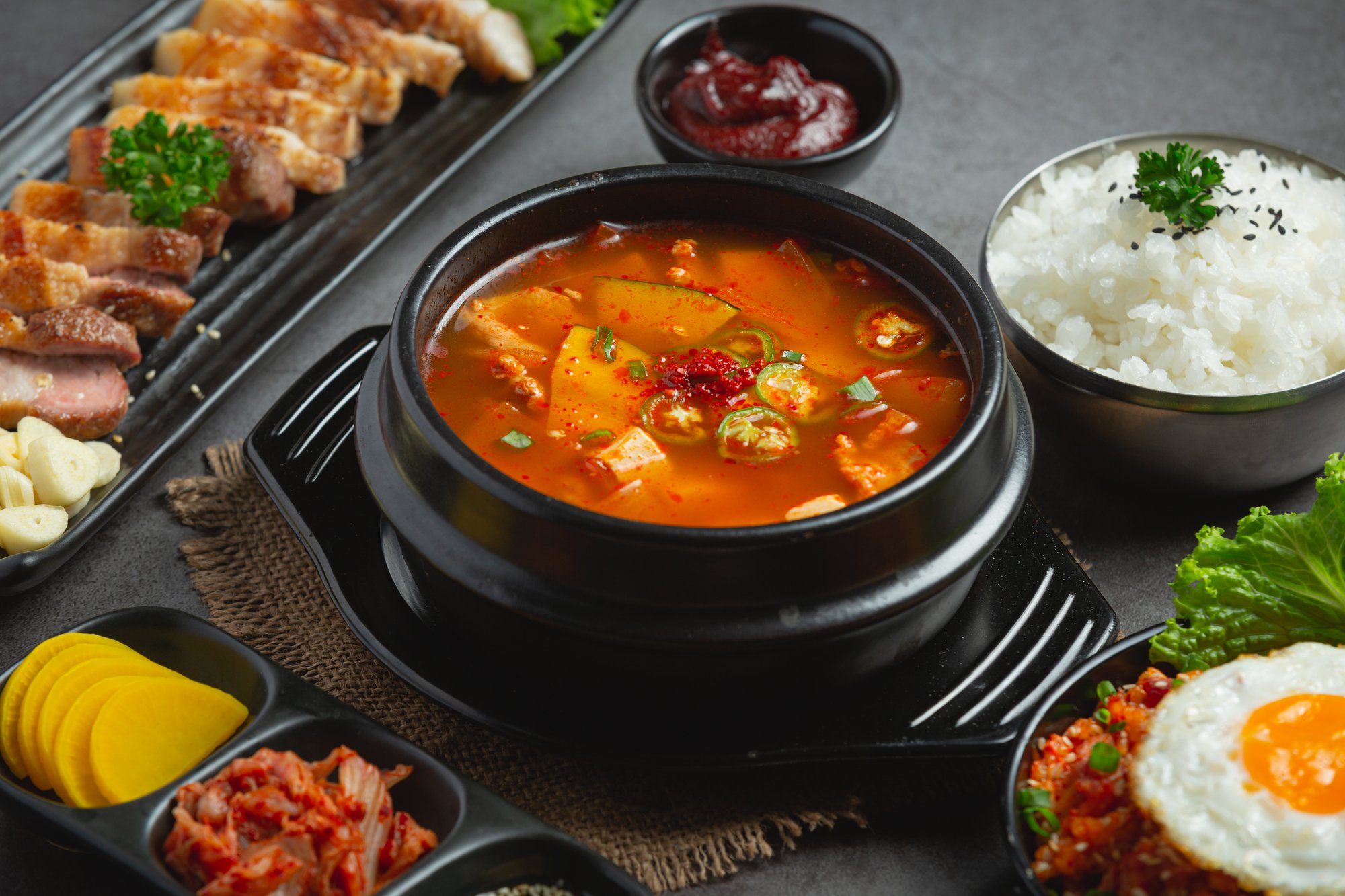
.svg)












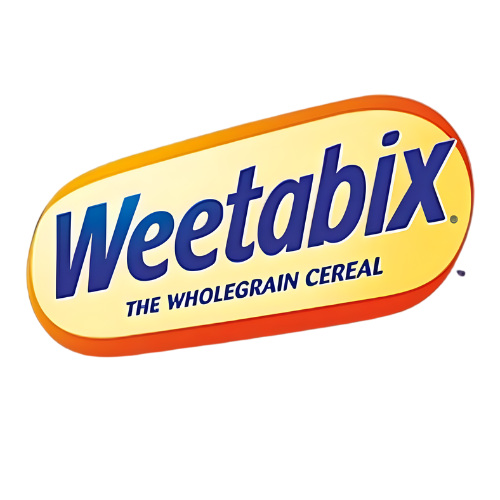






























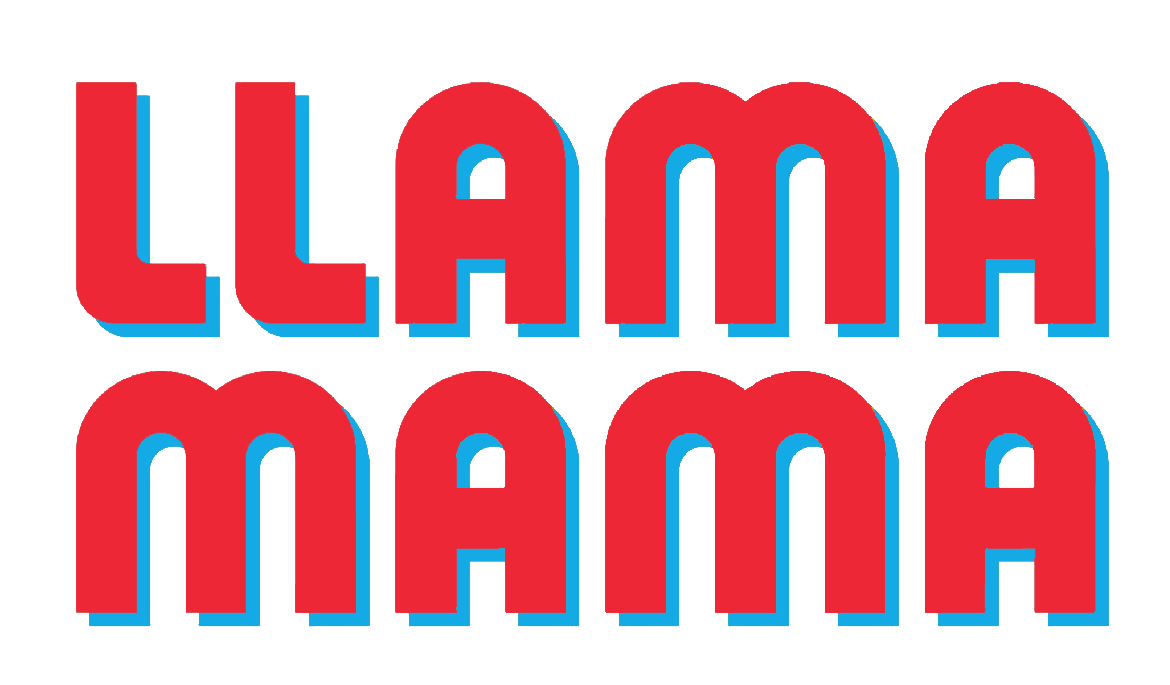







.png)













